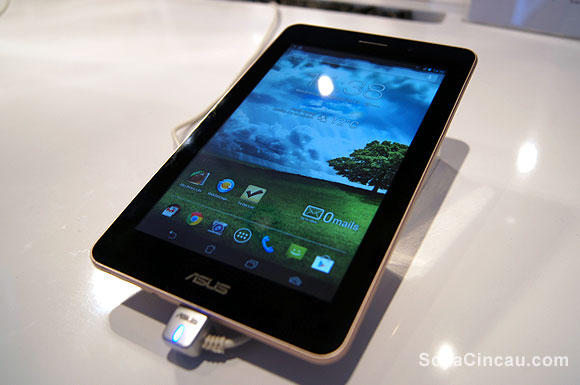
ASUS has revealed its “Metallic Miracle” at MWC 2013 with 2 new devices – FonePad and PadFone Infinity. Probably the most interesting of the two is the FonePad, a new 7″ Intel Atom based tablet that lets you make phone calls at an affordable price. Meanwhile, the PadFone Infinity is the 3rd generation of its PadFone convergence device that offers both Phone and Tablet in a dockable format.
Read more on these 2 new devices after the break.
Let’s start with the new FonePad which is a nice 7″ tablet that comes with an all aluminium body. It comes with 2 colours – Champagne Gold and Titanium Grey. In the hands, it feels like a premium version of the Nexus 7 and has almost similar dimensions. Powering the device is a Intel Atom Z2420 1.2GHz processor with 1GB of RAM and it runs on Android 4.1.2 Jelly Bean. In terms of screen, it has a 7″ 1280×800 IPS display which has the same 216ppi pixel density as its Nexus 7 sibling.
The FonePad will come in 2 variants – 8GB version for Asia which comes with a 3MP rear facing camera and a 16GB version for Europe that comes without a camera at the back. Over at the front, there’s a front facing 1.2MP shooter. The most attractive part of the FonePad is the price of just USD249 which puts it right smack in between the low end ASUS Memo Pad and the Nexus 7.
To top it off, the FonePad like its name suggests is capable of making phone calls and there’s a phone earpiece at the top. Not forgetting also is the 3MP camera which is lacking on the Memo Pad & Nexus 7. There’s no mention of its battery capacity but ASUS claims that it is capable of playing videos up to 9 hours.
The FonePad in our opinion is a star buy product with affordable pricing and premium body build. It will certainly give its rivals a run for their money in the 7″ tablets segment including the iPad mini.
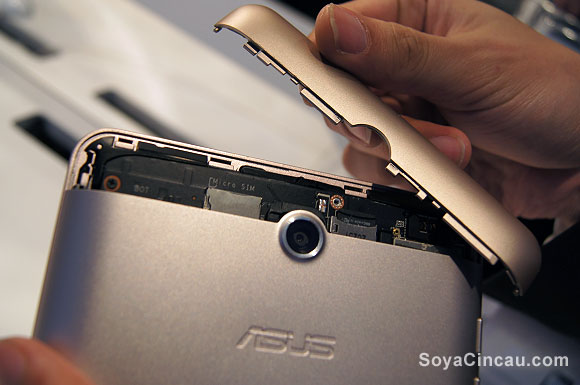
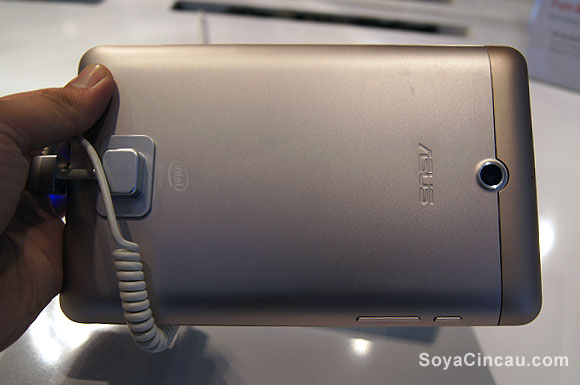
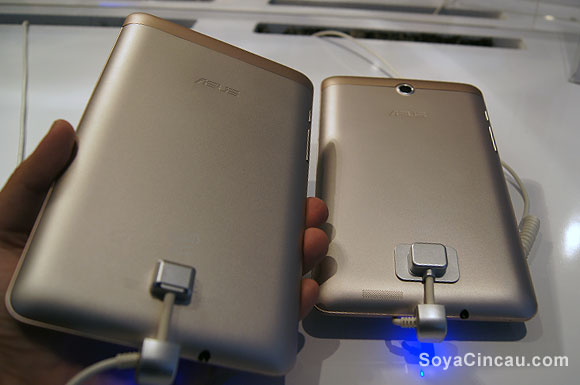
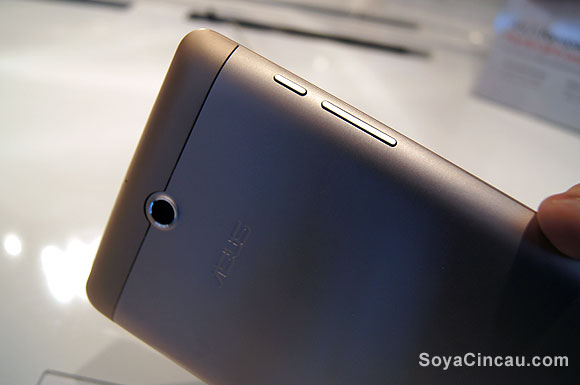

ASUS PadFone Infinity
Next the PadFone has evolved further with the Infinity which now boasts Full HD displays for both phone and tablet station. The phone comes with a 5.0″ Super IPS+ display that does 1920×1080 while the tablet maintains the same 10.1″ as before but pushes a higher 1920×1200 pixels resolution. Powering the PadFone is a new Qualcomm SnapDragon 600 Quad-Core 1.7GHz processor with 2GB of RAM and 32GB of on-board storage. The PadFone infinity now uses Nano-SIM which is the same SIM type used on the iPhone 5.Following its MWC 2013 metallic theme, the PadFone now has a nice brushed aluminium finish. However the PadFone station retains the same matte brown surface just like its predecessor. In the imaging department, it has a new 5 elements 13MP camera with f/2.0 aperture and there’s a front facing 2MP camera. Battery capacity wise, the PadFone now has a 2,400mAh battery while the PadFone station tablet comes with 5,000mAh. At time of hands-on, it is running on Android 4.1.2 Jelly Bean which is upgradable to Android 4.2.
With both devices docked together, it can get really heavy but the benefit of this solution is that you’ll only need a single 3G SIM connection for both Phone and Tablet. Since the PadFone is powering the tablet, switching between the 2 modes is pretty seamless as all your files and apps are stored in the same place. It is worth pointing out that the PadFone station tablet charges the PadFone when it is being docked. In case you’re wondering, the PadFone station tablet can’t work without the PadFone being docked into it.
No word on its availability in Malaysia but it is said that the PadFone Infinity will be priced at a rather pricey 999 Euros which is about RM4,000. Check out some sample shots taken with its 13MP shooter below.
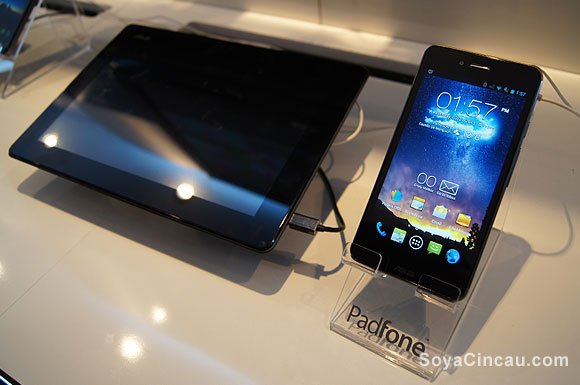

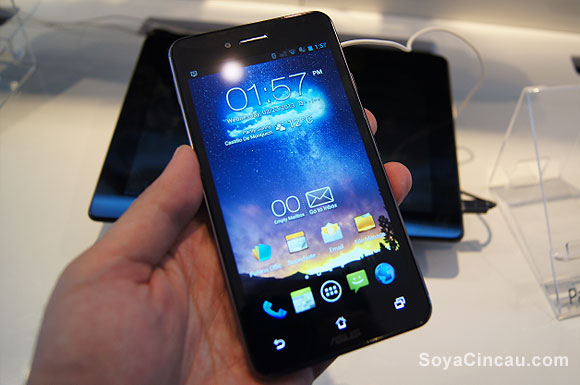

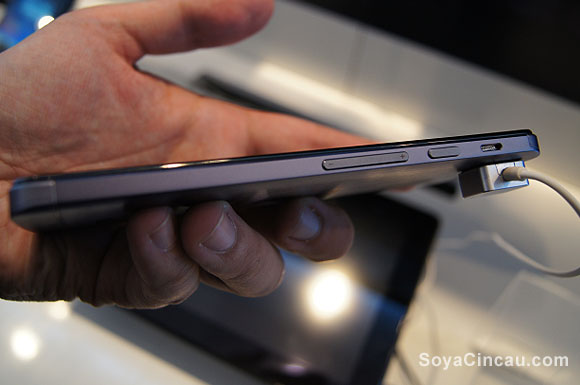
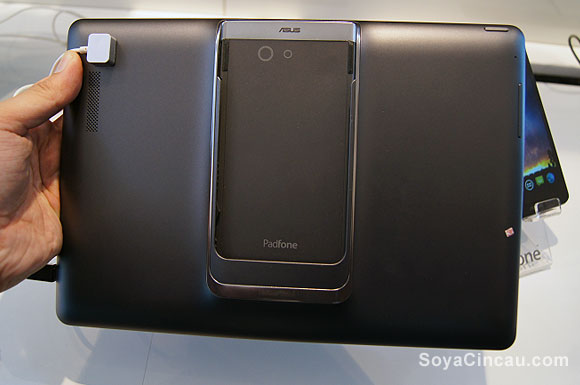
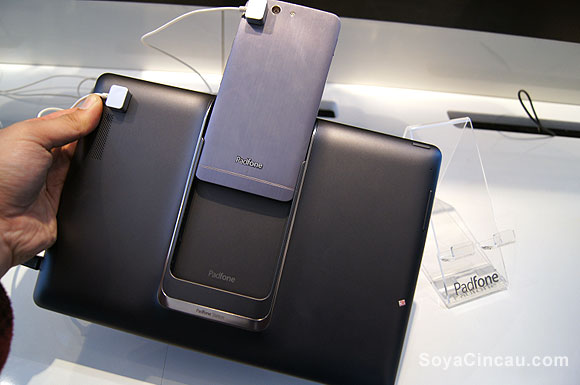
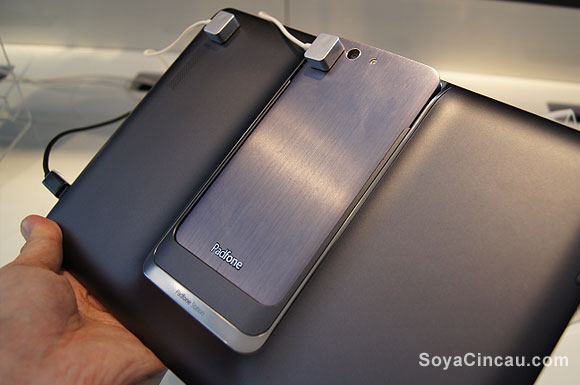
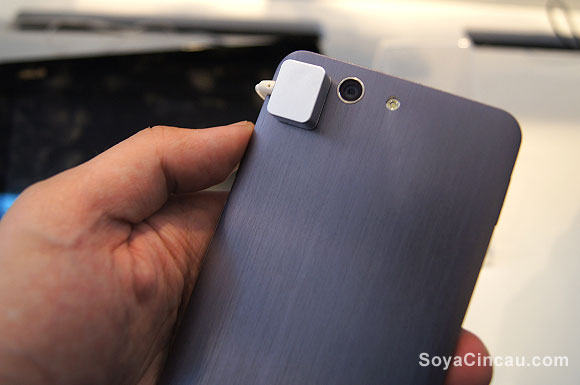
Sample 13MP Photos from PadFone Infinity (click to enlarge)
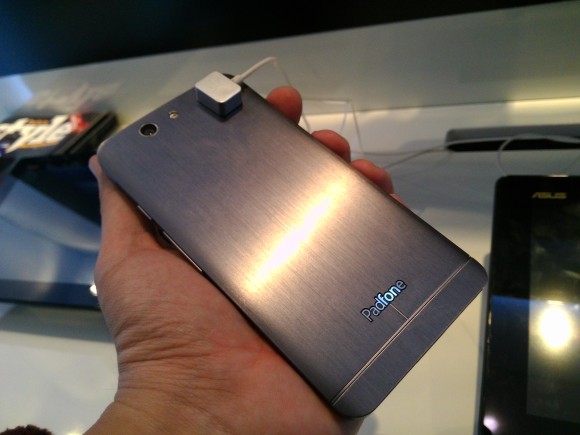
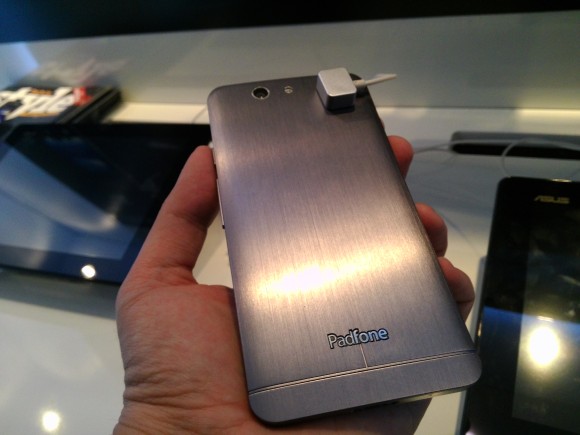
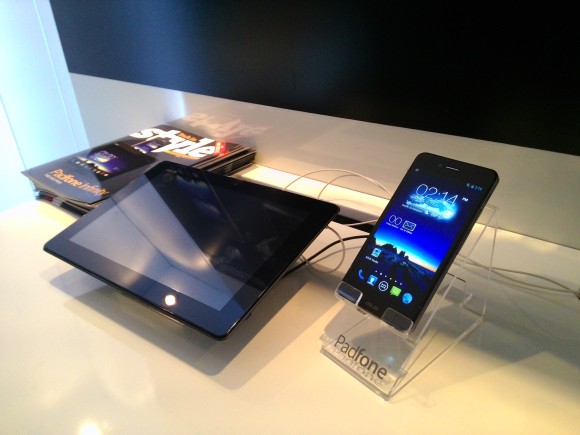
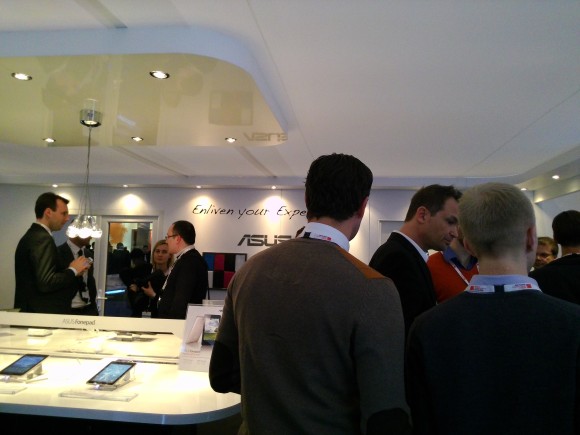
No comments:
Post a Comment